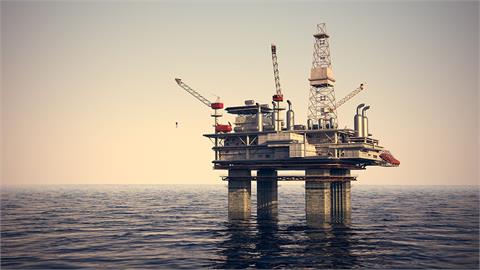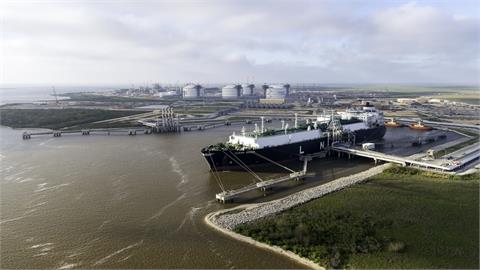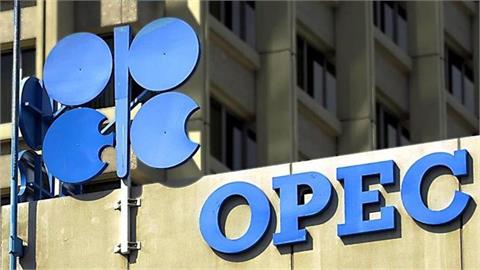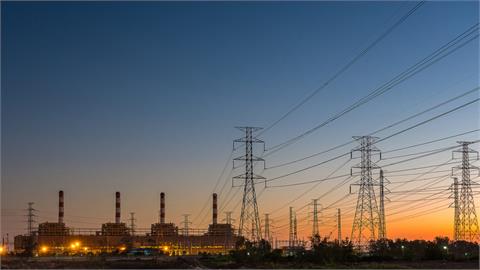As a result of major transformations
in the global energy system that take place over the next decades, renewables
and natural gas are the big winners in the race to meet energy demand growth
until 2040, according to the latest edition of the World Energy Outlook, the International
Energy Agency's flagship publication.
A detailed analysis of the pledges
made for the Paris Agreement on climate change finds that the era of fossil
fuels appears far from over and underscores the challenge of reaching more
ambitious climate goals. Still, government policies, as well as cost reductions
across the energy sector, enable a doubling of both renewables - subject of a
special focus in this year's Outlook - and of improvements in energy
efficiency over the next 25 years. Natural gas continues to expand its role
while the shares of coal and oil fall back.
"We see clear winners for the next 25 years - natural gas but especially wind and solar - replacing the champion of the previous 25 years, coal," said Dr Fatih Birol, the IEA's executive director. "But there is no single story about the future of global energy: in practice, government policies will determine where we go from here."
This transformation of the global
energy mix described in WEO-2016 means that risks to energy security
also evolve. Traditional concerns related to oil and gas supply remain - and
are reinforced by record falls in investment levels. The report shows that another year of
lower upstream oil investment in 2017 would create a significant risk of a shortfall
in new conventional supply within a few years.
In the longer-term, investment in oil
and gas remain essential to meet demand and replace declining production, but the growth in renewables and
energy efficiency lessens the call on oil and gas imports in many
countries. Increased LNG shipments also change how gas security is perceived.
At the same time, the variable nature of renewables in power generation,
especially wind and solar, entails a new focus on electricity security.
"We are entering a period of
greater oil price volatility," said Dr. Birol. "If oil prices rise in
the short term, then shale producers can react quite quickly to put more oil on
the market, producing a see-saw movement. And if we continue to see subdued
investments in new conventional oil projects, this could have profound
consequences in the longer term."
Global oil demand continues to grow
until 2040, mostly because of the lack of easy alternatives to oil in road
freight, aviation and petrochemicals, according to WEO-2016. However,
oil demand from passenger cars declines even as the number of vehicles doubles
in the next quarter century, thanks mainly to improvements in efficiency, but
also biofuels and rising ownership of electric cars.
Coal consumption barely grows in the
next 25 years, as demand in China starts to fall back thanks to efforts to
fight air pollution and diversify the fuel mix. The gas market is also
changing, with the share of LNG overtaking pipelines and growing to more than
half of the global long-distance gas trade, up from a quarter in 2000. In
an already well-supplied market, new LNG from Australia, the United States and
elsewhere triggers a shift to more competitive markets and changes in
contractual terms and pricing.
The Paris Agreement, which entered
into force on 4 November, is a major step forward in the fight against global
warming. But meeting more ambitious climate goals will be extremely challenging
and require a step change in the pace of decarbonization and efficiency.
Implementing current international pledges will only slow down the projected
rise in energy-related carbon emissions from an average of 650 million tonnes
per year since 2000 to around 150 million tonnes per year in 2040.
While this is a significant
achievement, it is far from enough to avoid the worst impact of climate change
as it would only limit the rise in average global temperatures to 2.7°C by 2100. The path to 2°C is tough, but it can be achieved if policies
to accelerate further low carbon technologies and energy efficiency are put in
place across all sectors.
It would require that carbon emissions
peak in the next few years and that the global economy becomes carbon neutral
by the end of the century. For example, in the WEO-2016 2°C scenario,
the number of electric cars would need to exceed 700 million by 2040, and
displace more than 6 million barrels a day of oil demand. Ambitions to further
limit temperature gains, beyond 2°C, would require even bigger efforts.



